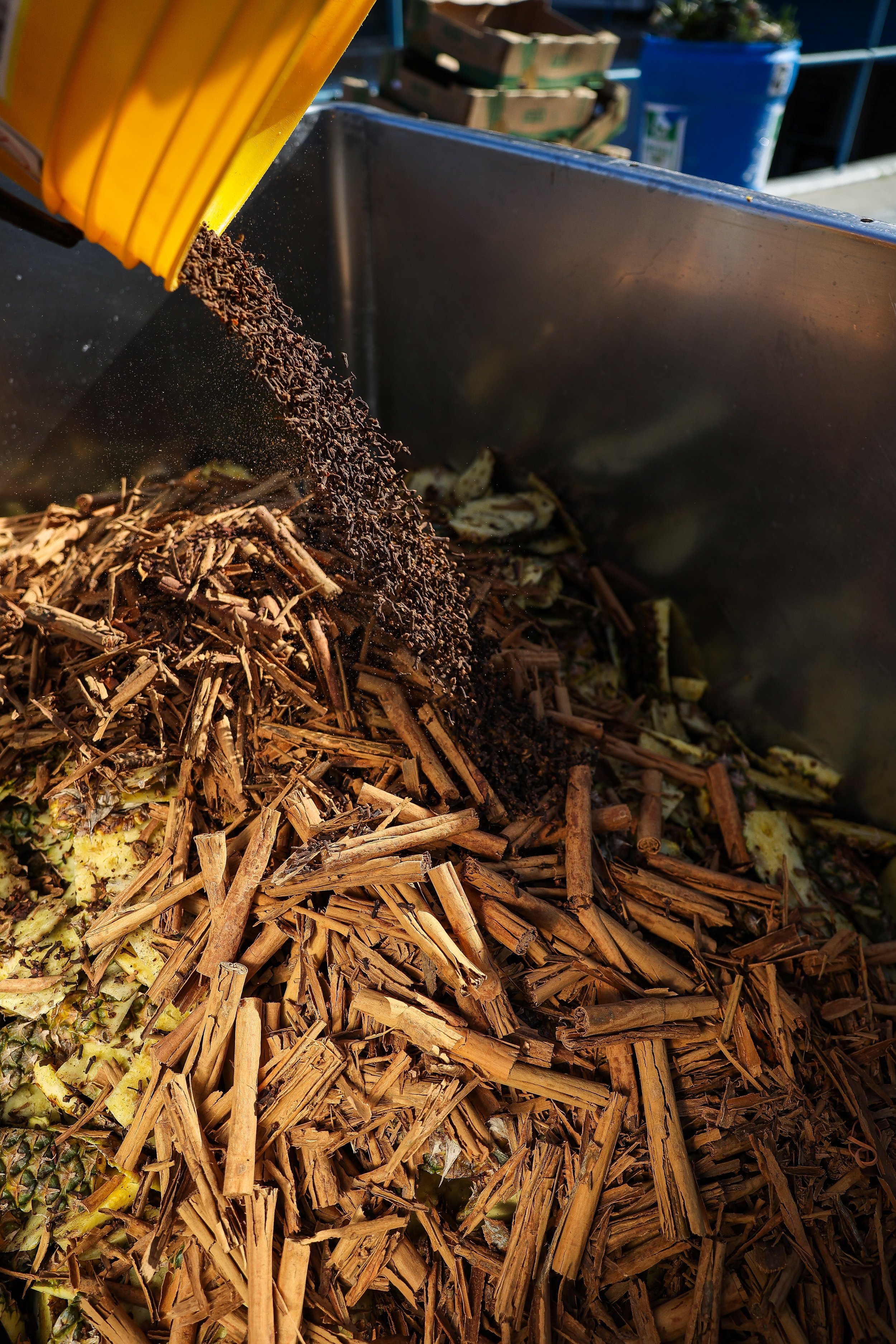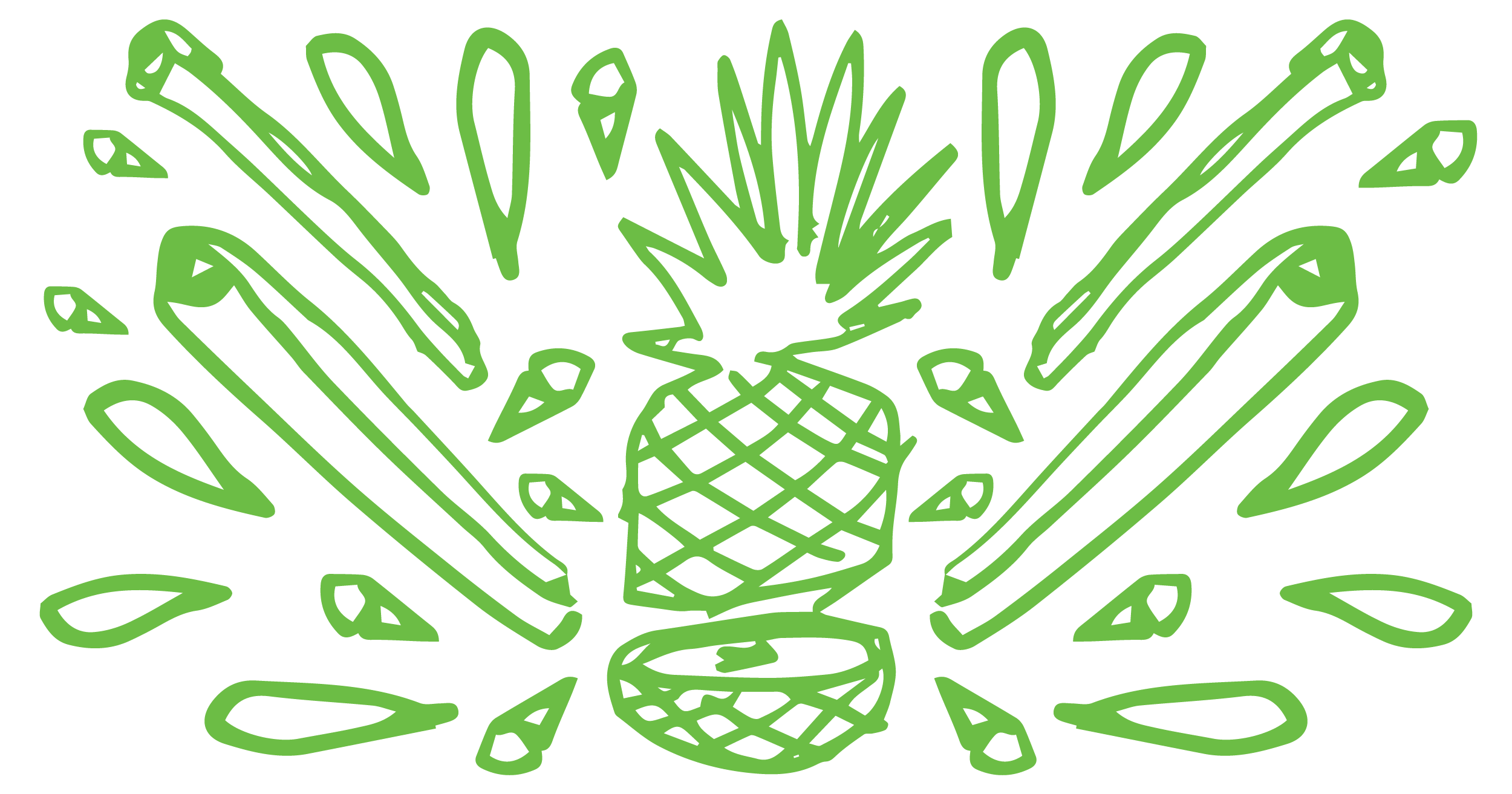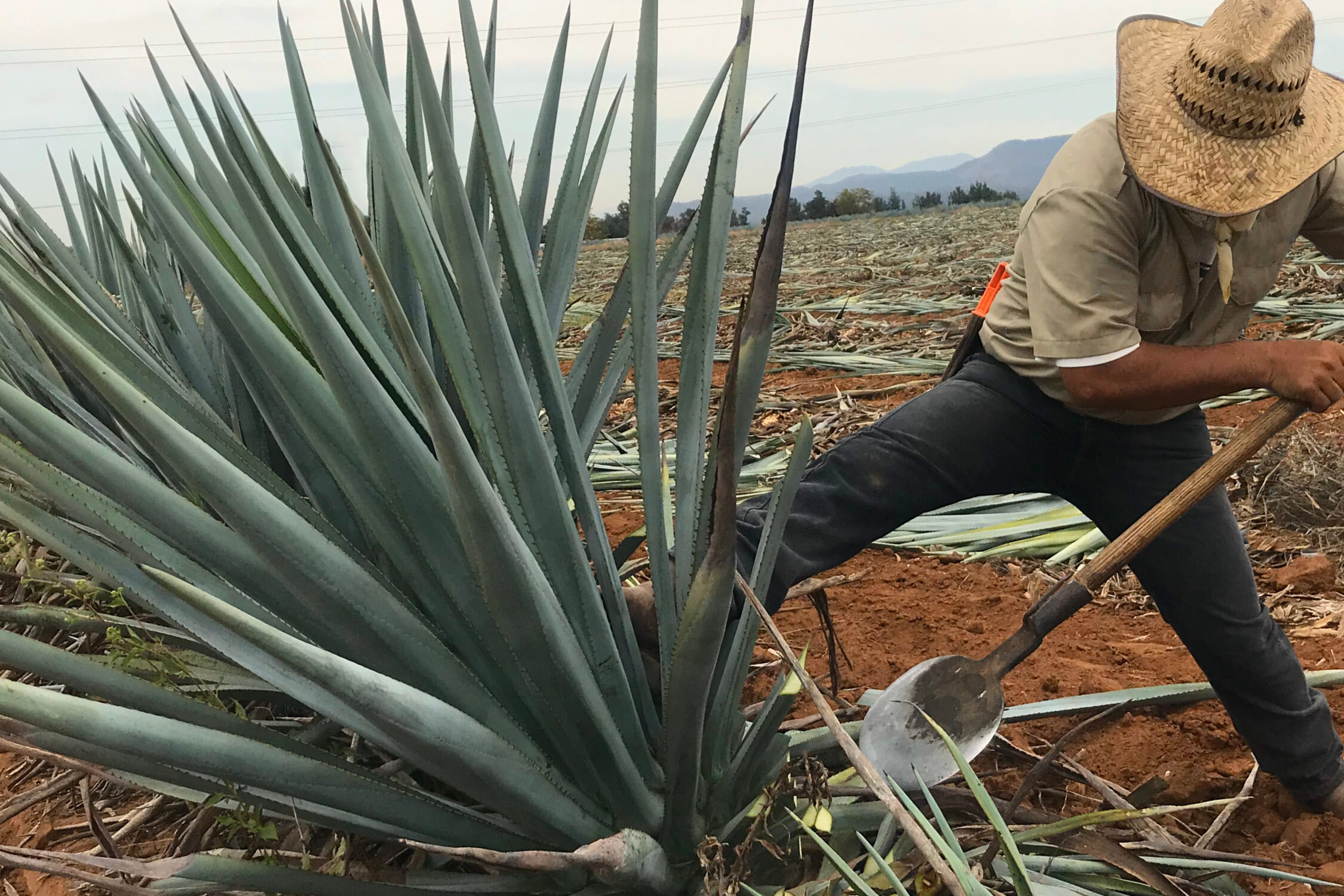
A History of the Authentic Mexican Beverage
What is Tepache?
Tepache is a delicious, traditional Mexican beverage made from fermented pineapples — most commonly the skins or peels. These otherwise-wasted pineapple bits are combined with water, sugar, and spices and left to ferment naturally with only ambient yeast. The resulting beverage is refreshingly tart, sweet and spiced, with a very low alcohol content. Best served cold, Tepache plays well with chilies, spices, chamoy, and tamarind.
Tepache has a long history that dates back to to the indigenous Nahua and Maya civilizations. Still very popular in Mexico today, it is widely served by street vendors, as well as in bars and restaurants.
Tepache is full of probiotics, similar to other fermented foods and beverages like kombucha, yogurt, kimchi, and sauerkraut.
It's Pronounced Te-Pah-Che
It's Pronounced Te-Pah-Che
HISTORY OF TEQUILA
In the early 1900’s, as the market for Tequila grew, Tequileros sought protection from imposters outside of the state of Jalisco who were fraudulently attempting to pass off their products as Tequila. In 1974, Tequila became the first product outside of Europe to be protected by a denomination of origin (DO).
Tequila is now commonly made in huge factories, many using diffuser technology — which is detrimental to sustainability of the agave industry — while thousands of small mezcaleros continue to make their distillates using traditional methods passed down by generations of ancestors. Diffusers allow producers to harvest agave long before it has reached maturity and to extract 99% of the fermentable sugars using sulfuric acid and other chemicals.
Scholars debate whether or not indigenous populations in Mexico began distilling before the arrival of Spanish colonists in 1519, but they agree that the distillation of agave spirits became widespread in the seventeenth century.
Mezcal is the largest, officially-recognized category of agave distillates. Today, most people are familiar with the most popular version of mezcal, Tequila, named after the town of Tequila in central Jalisco, just west of Guadalajara. In the late nineteenth century, producers of Tequila (Tequileros) began to expand and industrialize, which differentiated them from the rural producers of mezcal. Around the 1850’s, people began referring to “mezcal from Tequila'' simply as Tequila.









